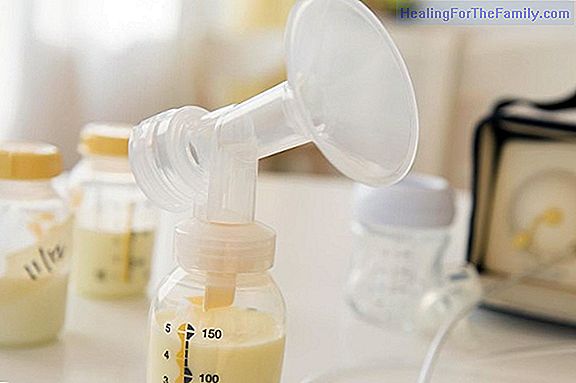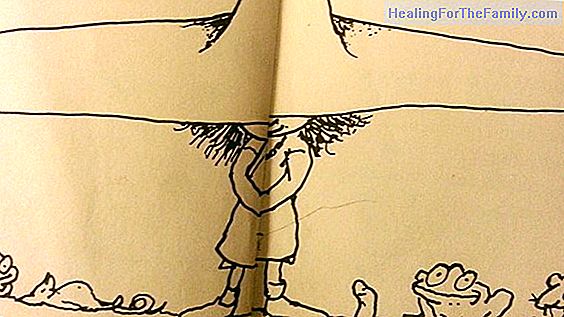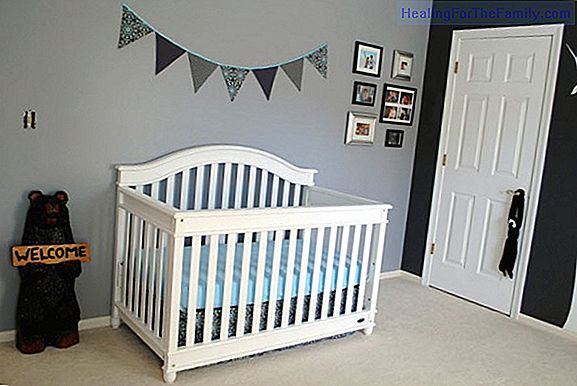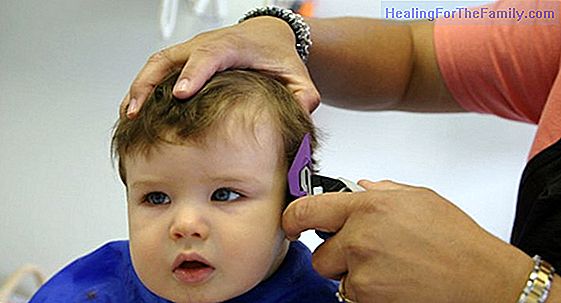What is the crossbite and how does it affect children?
To understand what the crossbite is, you have to imagine that the mouth is like a box. The upper jaw is the lid of the box, and the jaw is the box. For the system to work properly, the lid should be slightly outside the box. Thus, the teeth of the upper jaw have to bite outside the mandibular teeth
To understand what the crossbite is, you have to imagine that the mouth is like a box. The upper jaw is the lid of the box, and the jaw is the box. For the system to work properly, the lid should be slightly outside the box. Thus, the teeth of the upper jaw have to bite outside the mandibular teeth.
Many children have crossbite, which can be anterior, posterior or both sides. But why does this happen?
Causes of crossbite in children

The most common cause of crossbites is poor development of the maxilla. Why does not it develop well? Occurs by a combination of factors such as:
- inherited pattern of facial growth, several family members present this crossbite.
- Low position of the tongue, frequent in children who breathe through their mouth or have a short lingual frenum that does not allow them to move their tongues well. The pressure of the tongue against the palate is a stimulus for its development.
- Habits such as finger licking or prolonged use of the pacifier.
- Dental malposition, the teeth are born badly placed, the upper ones inside the lower ones and they act as a brake for the development of the upper jaw.
Types of crossbites in children
There are three types of crossbites:
1. Anterior crossbite. When we look at the child in profile, the jaw appears very prominent and gives them an aspect of 'old people'. The child presents the upper incisors behind the lower ones. This makes them not effective when cutting food.
2. Posterior cross bite on one side. When looking at the child in front we notice that the chin is not centered with the rest of the face, but that it is displaced to the side. If we look at how the teeth grind we see that on the side where the jaw is deflected, the little bitches on the top of the teeth bite inside the bottom ones.
3. Cross bite on both sides. No signal is seen at face level. But when we explore how the child bites, we see that the muelitas of the upper part, both on the right side and on the left side, bite inside the lower ones. They are children who have a very narrow palate.
The same child may have combinación a combination of several types of cross bites . If you detect any of these signs in your child, it is recommended that a dentist specialist in orthodontics evaluate it. Cross bites should be diagnosed as soon as possible, since it is one of the bite alterations that should be treated at an earlier age, when it is easier to modify and encourage the growth of the maxilla.












